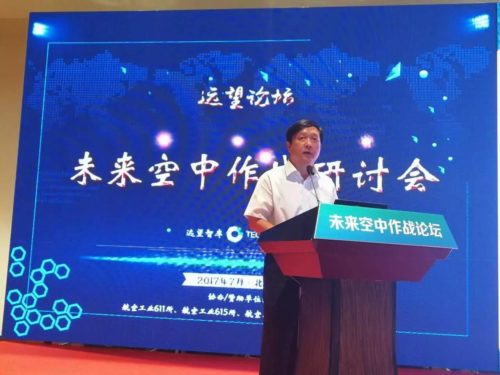A seminar on future aerial warfare took place in Beijing, China on Jul. 3. Organized by Techxcope and Chinese Institute of Command and Control, one of the key speakers was the chief designer of Chengdu J-20, Yang Wei.
Yang started his speech by saying that aerial fights undergo an important change in 1991 when kills were achieved not by dog fighting and the use of guns. O and O in the OODA loop has become more complex than just getting into an advantageous position with superior energy. One needs to consider the information provided by radar and electro-optical sensors.
He further questioned the need for supermaneuverability in platforms as dogfights seldom take place nowadays. Building supermaneuverability into an aircraft will incur penalties and Yang said there must be serious consideration into whether such investments is worth it.
He then went on to touch on the new OODA 2.0 concept proposed by Lockheed Martin’s Tod Schuck and the Air Force Research Lab’s Erik Blasch. Speed and maneuverability is outdated, according to him. Information is key to winning future fights. He agreed that the parameters proposed in OODA 2.0: communication channel capacity, information entropy, amount of messages sent, and the velocity of those messages are important factors and should be research upon.
Lastly, Yang proposed that China develop its OODA 3.0 concept by incorporating artificial intelligence (AI). The outcome of an aerial battle is not determined by the physical actions of the pilot but the ability of the human brain to make decisions quickly. Advances in AI will aid the war fighter in coming up with a decision in shorter amount of time.
